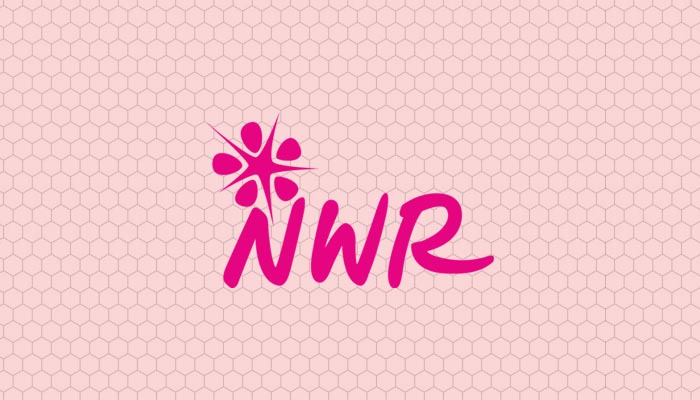Our Carlisle group recently asked - "How easy is it to reduce your plastic consumption?" here's what they found...
In 2018 there were numerous programmes on TV highlighting the devastation that plastic waste is having on our environment. Sir David Attenborough’s “Blue Planet 2″ was perhaps the most impactful but it has also been widely discussed and debated throughout the media (including NWR’s own magazine in Spring 2018) so I am not going to repeat these key messages.
So, I decided it would be interesting to conduct an experiment myself. I would see how easy it would be to reduce my plastic consumption, particularly my single use plastic, and I found four like-minded members from the Carlisle NWR branch to join me in this experiment.
The first thing we agreed was that the initiative was not about getting rid of all our plastic, but thinking of alternatives when we restock.
Our four week experiment started around November 2018 (allowing for a holiday or two) and of our households we had one participant who lived alone. As you may have guessed this wasn’t intended to be scientific research – rather “food for thought”.
We measured our plastic consumption during the week prior to, and following, and used the following categories:
| Category | Before | After |
Change -/+ % (by total objects available for recycling) |
| Recyclable Plastic | 1519g | 1378g | -141g (9.3%) |
|
Single use – non recyclable plastic E.g Cling film, wrappings,fruit & veg bags, |
720g | 392g | -328g (45.6%) |
| Bags not recyclable at roadside, but recyclable at some large stores (only two of us measured this) tends to be some bread bags, kitchen & toilet roll wrappings, frozen products, and multi buy wrappings | 77g | 35g | -42g (54.55%) |
Our Findings:
- Collectively we reduced our single use – non recyclable plastic by 45.6% and individually this ranged from between 23% and 69%.
- Individually 3 out of 4 participants reduced their recyclable plastic between 2.6% and 40%. One increased their’s by 46%.
- This period also covered the build up to Christmas, and all participants had already started to reduce their plastic usage prior to this initiative, so the reductions could have been higher.
This is just a snap shot, but shows how life styles, number of occupants, visitors and time of year, e.g. Christmas, can impact on our non recyclable usage.
Takes longer to shop – time consuming reading the labels.
Need buy in of partner, otherwise when they shop it goes to pot!
A lot of stores and butchers now allow you to take your own plastic containers to put meat and fish in.
Very few shops stock paper bags for fruit & vegetables – alternatives include using Hessian, nylon or cotton bags.
Anomaly – due to the negative impact on our oceans and fish I have stopped using soap powder which comes in a box, and I now buy liquid soap for washing clothes in a plastic bottle.
An article in the Daily Mail 7th December 2018 by Lucy White, points out how ‘The Blue Plastic’ effect is having a negative impact on the packaging business, with some companies looking to sell their companies rather than develop alternatives.
Conclusion:
It was not difficult, but an interesting experiment, which shows we can all make a difference and have an impact on our personal plastic consumption, but we need business and government to do more.
Challenge is to continue…
Val Bassindale
Carlisle AO

